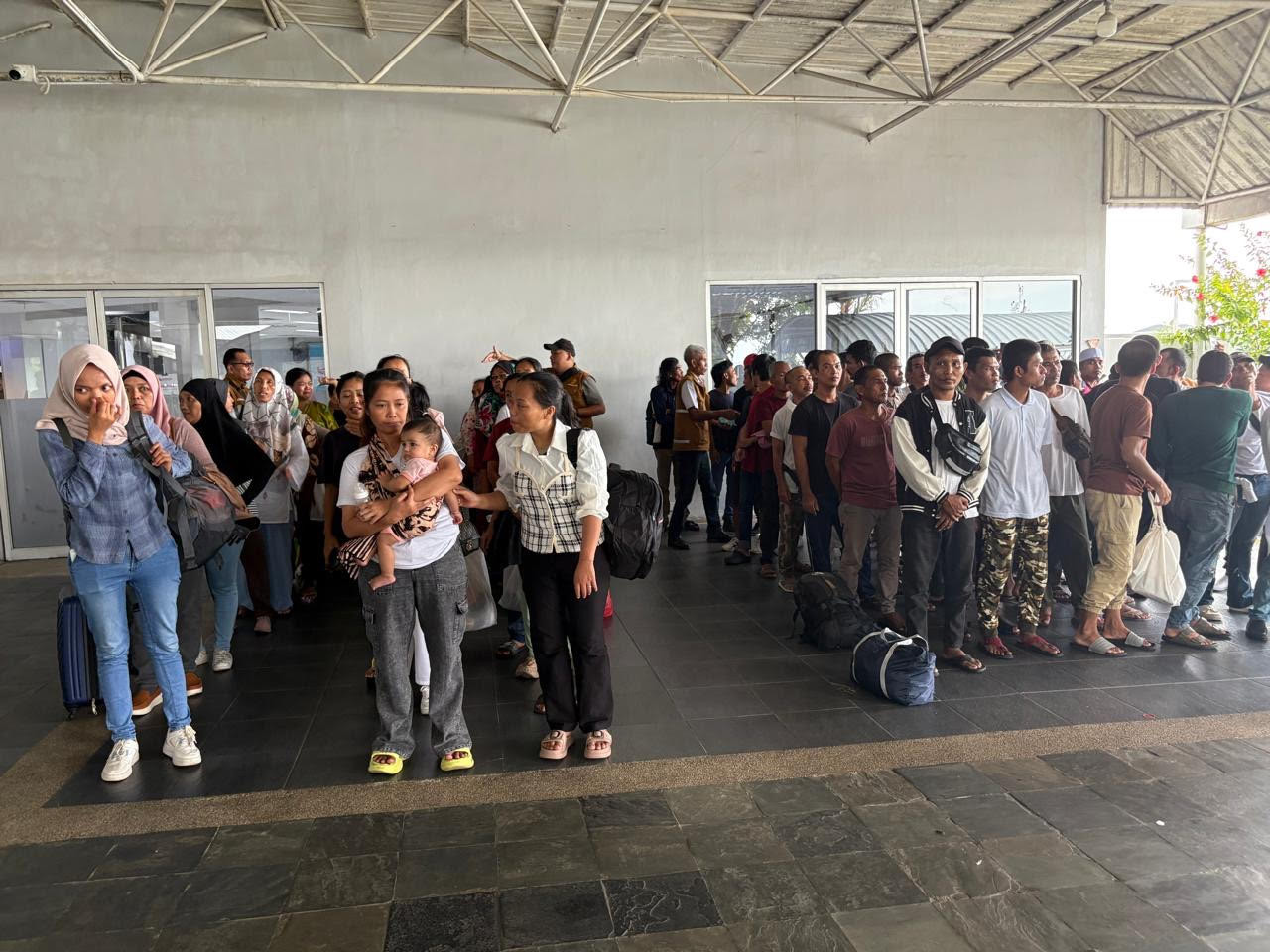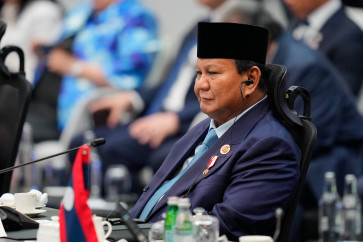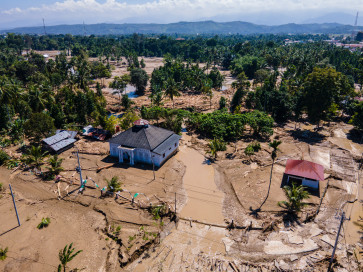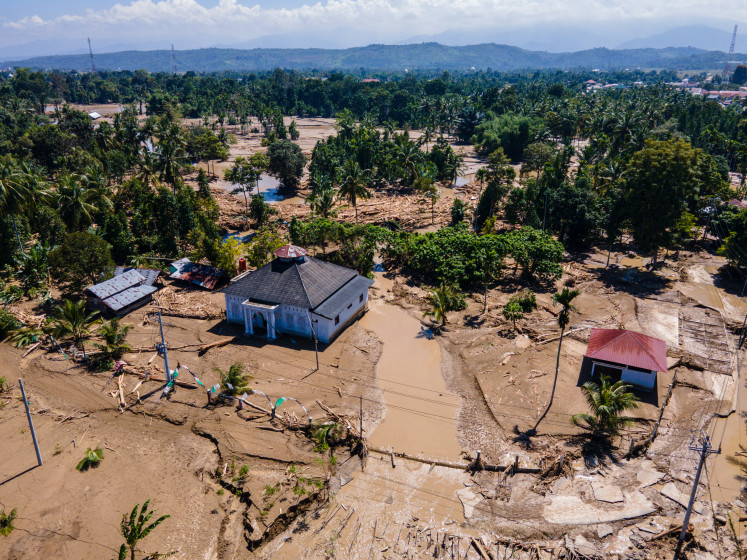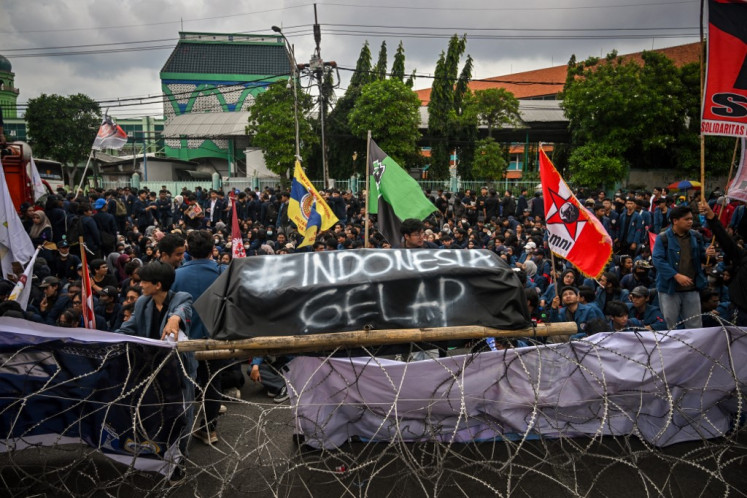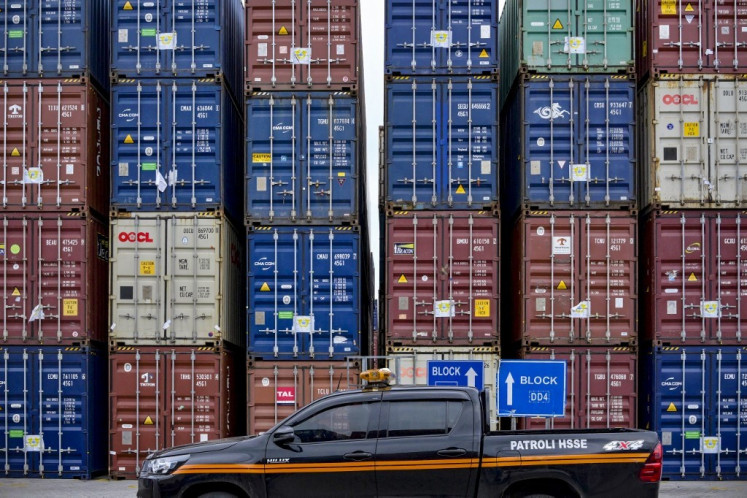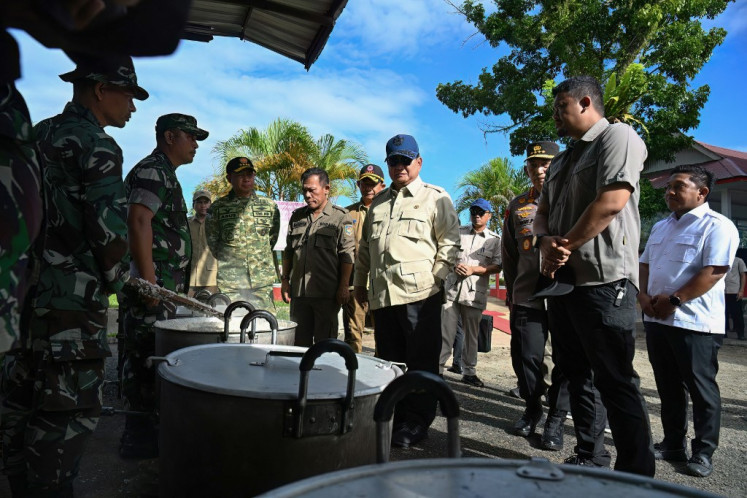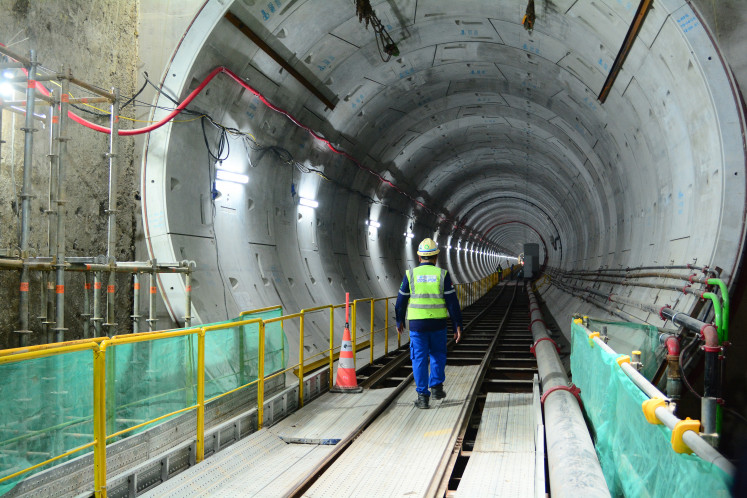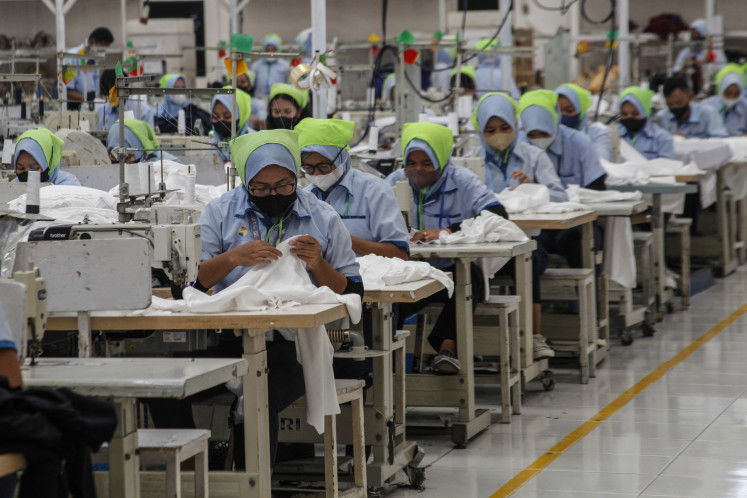Popular Reads
Top Results
Can't find what you're looking for?
View all search resultsPopular Reads
Top Results
Can't find what you're looking for?
View all search resultsTariff wars reshape migration, raise risk of abuses
A phenomenon known as "replacement migration" that moves upward across the economic hierarchy is growing in transnational migrant recruitment against the backdrop of Trump's tariff war, leading to the rise of global human supply chains and creating more complex labor issues in terms of hiring practices as well as workers' welfare.
Change text size
Gift Premium Articles
to Anyone
T
he tariff wars between the United States and its trade partners have rarely been out of the news since President Donald Trump revealed plans for his sweeping “Liberation Day” levies back in April. The subsequent uncertainty for businesses worldwide has now morphed into a battle over global supply chains as the US and China seek dominance over resources and manufacturing.
At the same time, the subject of migration has been high on many countries’ news agendas. In the US especially, there has been growing anger over federal immigration raids and controversial deportations to third countries.
Yet, it appears that many policymakers and economists aren’t joining the dots. Tariffs are reshaping migration patterns and as a result, raising the risk of human rights abuses to workers across global supply chains. This is captured by risk management platform EiQ, which gathers supply chain intelligence to help businesses reach their environmental, social and governance (ESG) goals.
Its data is drawn from 30,000 on-site audits annually across more than 100 geographies (countries and provinces). When taken alongside our research on migrant labor, it raises serious welfare concerns.
The US is playing a key role in the shift of global supply chains through “Made in America”, one of its initiatives to bolster the country’s manufacturing sector. While some American companies are responding by reshoring certain functions, most are taking a different approach. Rather than bringing production back to US soil, they are reconfiguring their supply chains in a bid to avoid the highest tariffs or to open up new markets.
One strategy is “China +1”, in which companies maintain some manufacturing presence in China but expand this to alternative locations such as Vietnam, Indonesia and Mexico.
As a result, new global supply chain corridors are forming rapidly. While Southeast Asia continues to rise as a manufacturing hub, Latin America is experiencing a surge in global supply chain investments as companies look to minimize their tariffs. For example, Mexico’s proximity to the US, low labor costs and lower tariffs than those imposed on goods made in China appeals to many businesses.
Not only American but also Chinese firms are accelerating their foreign direct investment (FDI) across the region, most notably in Mexico. Yet these shifts in supply chains are not without consequences.
The surge in investment in Mexico is fueling demand for labor, but its domestic workforce is not unlimited. As a result, the tariff wars are accelerating Mexico’s demographic transition from a country of emigration to one where immigration is on the rise.
This is part of a broader phenomenon known as “replacement migration”, in which labor migration follows a cascade pattern: Workers from middle-income countries migrate to high-income economies, while companies in these middle-income countries fill labor shortages by recruiting migrants from poorer nations. This means much of today’s migration flows from lower- to middle-income economies, or “one level up” on the development ladder.
One of the consequences of this growing global mobility of labor is the rise of “human supply chains”: the systems and practices that multinationals use to manage migrant workers within global supply chains. The implications are profound.
Labor migration relies on complex, transnational recruitment networks. In most migrant-receiving countries, visa programs require companies to hire workers while they are still in their country of origin (Nepali workers recruited to Malaysian factories, for example). Yet few multinationals manage recruitment in-house. Instead, up to 80 percent of legal, international lower-skilled hires are arranged by labor agencies.
This growing reliance on agencies is increasing workers’ exposure to risk. Migrant recruitment agencies often operate by charging workers for job placements, essentially selling jobs to those seeking employment abroad.
Beyond the high upfront fees, many intermediaries have been linked to corruption, including passport confiscation and replacing promised contracts with poorer terms and lower wages upon arrival.
EiQ has uncovered more than 850 major or critical violations, including unlawful salary deductions and recruitment fees that were not reimbursed. According to its CEO Kevin Franklin, “There are no longer any ‘safe’ or ‘easy’, cost-effective options for supply chain sourcing. We have entered an era of intense and nuanced trade-offs.”
Moving operations from China to India, for instance, increases exposure to the risk of forced and child labor. Likewise, shifting production to Bangladesh raises serious health and safety concerns. And migrant workers in Mexico face heightened risks relating to labor rights, workplace safety and wages, all of which have worsened over the past year.
Even the US has moved from a medium-risk to a high-risk category for all workers, according to EiQ. The Trump administration’s “Made in America” push has driven up demand for labor, but the US workforce is both insufficient and costly, and mass deportations of migrants are only worsening the shortages.
Tighter immigration policies contribute to an atmosphere of fear, discouraging migrant workers from reporting abuse or seeking legal support. And with fewer workers available, those who stay face greater vulnerability. EiQ audits have uncovered forced overtime, serious injuries, hospitalizations and even amputations following workplace injuries.
Around the world this year, more than 45 percent of geographies slipped down the humane treatment index that EiQ compiles.
As global trade evolves rapidly, businesses must rely on evidence-based insights to navigate this complex landscape. They should map risk, use AI to help them assess trade-offs when they move into new regions as well as engage with and train their suppliers.
And when they find out things have gone wrong, there must be action plans, including compensation for affected migrant workers.
---
Milda Žilinskaitė is a senior scientist at the Competence Center for Sustainability Transformation and Responsibility at the Vienna University of Economics and Business. Aida Hajro is chair in international business and director of the Centre for International Business at the University of Leeds. This article is republished under a Creative Commons license.

